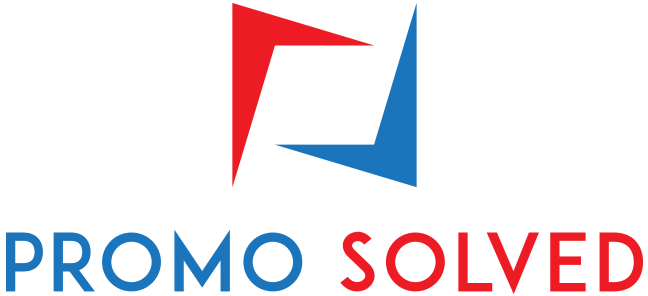 Sony DSC-RX100M III
$849.99
Quantity: 01
Sony DSC-RX100M III
$849.99
Quantity: 01
 KS Automatic Mechanic...
$1,249.99
Quantity: 01
KS Automatic Mechanic...
$1,249.99
Quantity: 01
 Kindle, 6" Glare-Free To...
$129.99
Quantity: 01
Kindle, 6" Glare-Free To...
$129.99
Quantity: 01
Your experience on this site will be improved by allowing cookies.
